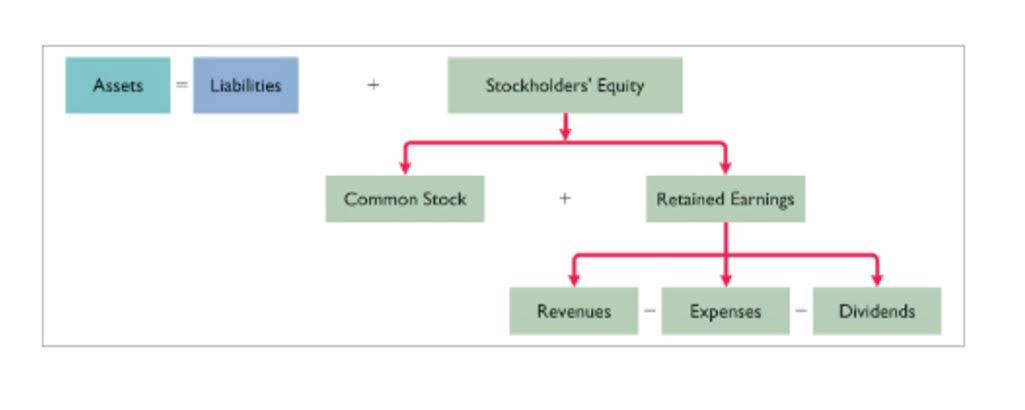
Let’s say that a full-time weekly schedule in your company is 40 hours per week, and your employees are scheduled with 40 hours of work a week (which makes them full-time employees). This is a straightforward example since each employee who works 40 hours per week in your company has a 1.0 FTE. The full-time employees work 40 hours per week and 52 weeks out of the year, meaning that the number of full-time hours worked on an annualized basis is 104,000 hours. All the above-mentioned factors end up costing the company something and affecting its bottom line.
As for the calculation method #2, enter the number of full-time employees again and just the number of part-time employees to calculate the FTE. As you can see from the example above, you can easily calculate how many full-time equivalent employees you need to hire to successfully complete a project. A full-time equivalent (FTE) — also known as a whole-time equivalent or WTE — represents the sum of all full-time hours employees work in a certain company. The ratio of full-time to part-time employees impacts company culture, engagement, and retention. Full-timers often identify more closely with company mission and values. In our hypothetical scenario, our company has the equivalent of 52.40 full-time employees.
What Is Full-Time Equivalent & How to Calculate It (+ Free FTE calculators)
Plus, you’ll need to understand what FTE is and how to perform the FTE calculation if you want to apply for the Paycheck Protection Program (PPP) loan forgiveness program. And don’t forget to check out our dedicated Paycheck Protection Program Loan Calculator. Rated #1 on G2 for resource management, more than 4,000 of the world’s top teams choose Float to plan projects, manage resources, and track their team’s time. FTE is important for calculating labor costs incurred by your company. By determining your company’s overall FTE, you can plan in advance and manage your payroll expenses. With FTE, you can get a clearer picture of how your employees are performing in their jobs.
It is critical for accounting purposes and determining wages, and for calculating the company’s expenses when paying its workers. To identify the FTE for part-time positions, divide the total number of part-time hours worked by the number of hours worked by one full-time worker. In our example, we will divide the total hours worked by Employees D and E by the number of hours worked by Employees A. While headcount tells you the number of employees you have, FTE shows how many full-time equivalent employees are employed each year. To work out FTE, you must know what’s considered full-time at your company.
Full Time Equivalent (FTE)
If your business considers 40 hours to be a full-time workweek, then an employee working 40 hours per week would have an FTE of 1.0. In contrast, a part-time employee working only 20 hours per week would have an FTE of 0.5—which shows that their hours worked are equivalent to half of a full-time employee. Employers may use the FTE calculation for different purposes, such as benchmarking revenues or profits per employee.
School choice: Voucher bill passes in Georgia House, heads to senate – Savannah Morning News
School choice: Voucher bill passes in Georgia House, heads to senate.
Posted: Thu, 14 Mar 2024 07:00:00 GMT [source]
All you need to do is enter how many hours of work are required to complete the whole project (estimated time) and then how many hours a day your employees will work on that specific project. Add the full-time FTE (in this case, it’s 2.0 since there are two full-time employees) to the part-time FTE from the previous step (1.5). Employers can use FTE to evaluate their hiring capacity and current payroll, as well as for reporting purposes related to labor laws and employee benefit programs.
Divide a project into FTE
Along with counting the hours worked, FTEs show how many full-time employees a particular company employs within a fiscal year or needs to employ to carry out a project. The annual hours for your part-time employees (C, D, and E) add up to 3,120 (1,560 + 1,040 + 520). The annual hours for your full-time employees (A and B) add up to 4,160 (2,080 x 2). HR must track FTEs correctly to remain compliant fte meaning and avoid penalties. For example, the Affordable Care Act in the United States requires applicable large employers to provide health insurance to employees working an average of 30+ hours (0.75 FTE). FTE is calculated by adding up the total number of hours worked by all employees and dividing that total by the number of hours in a full-time work week, which is typically 40 hours.
